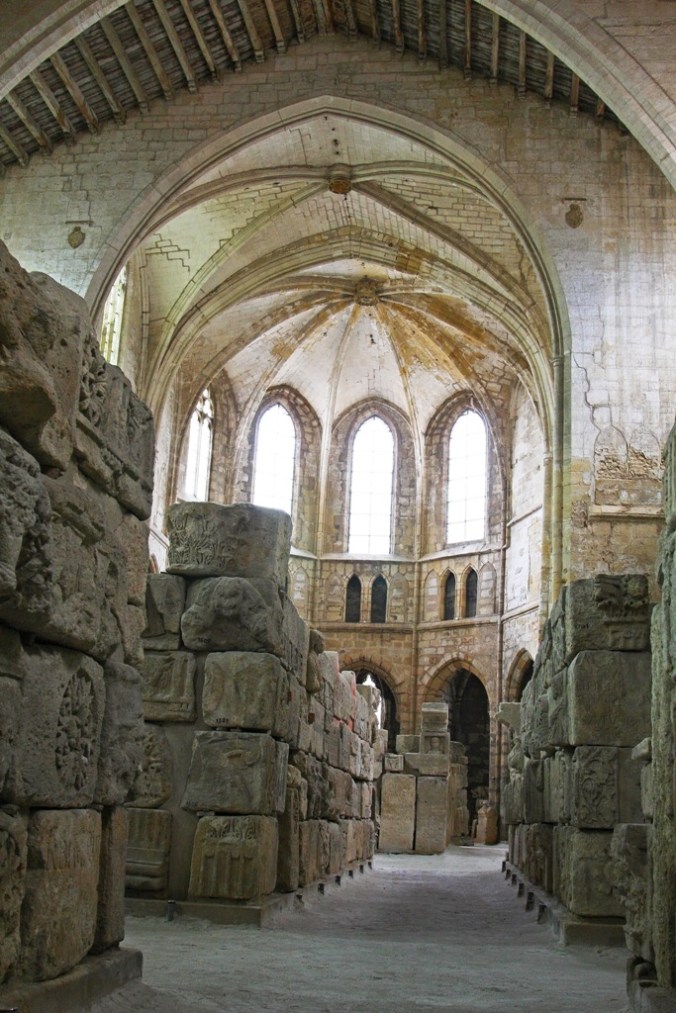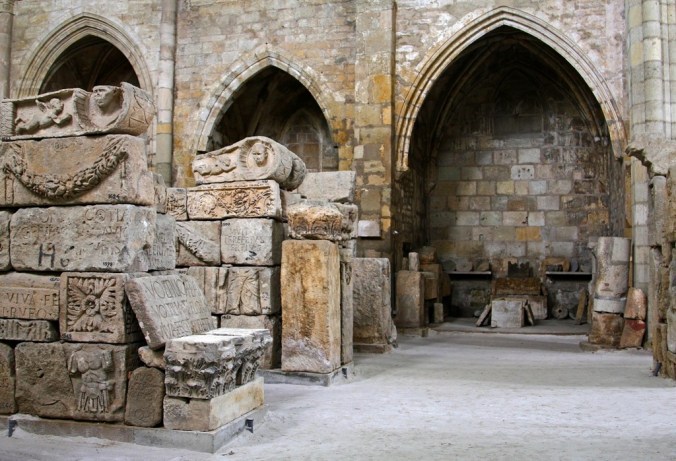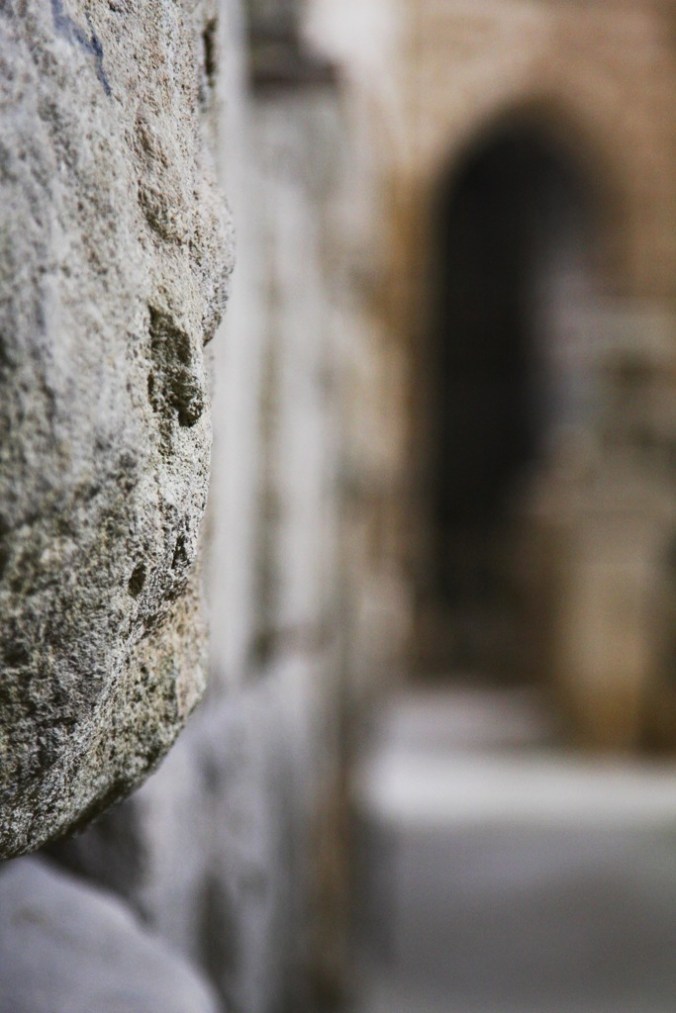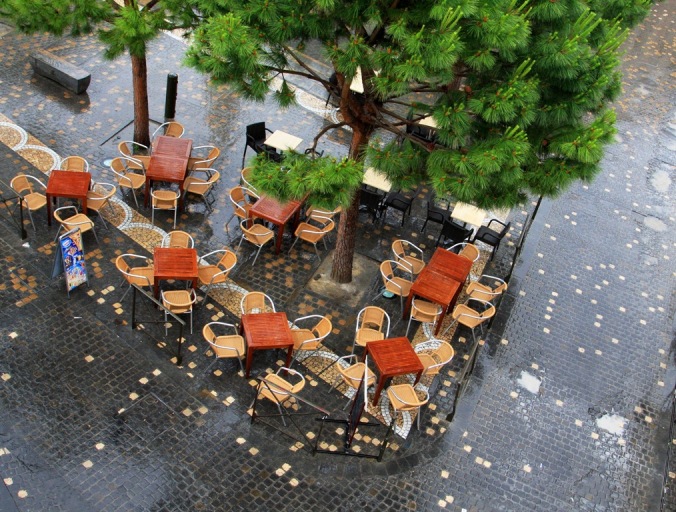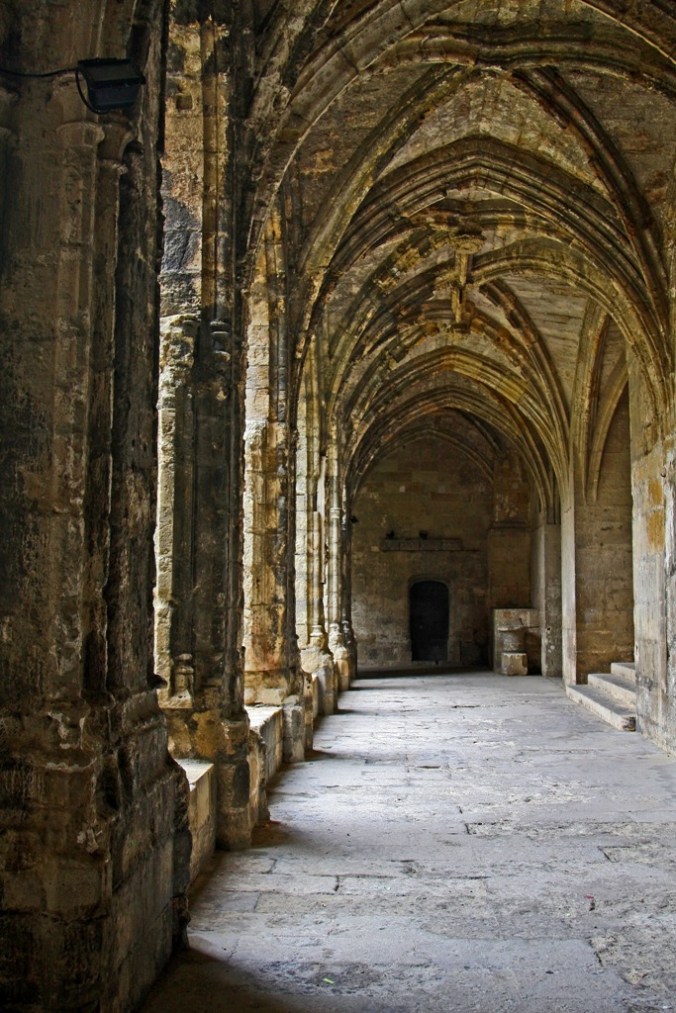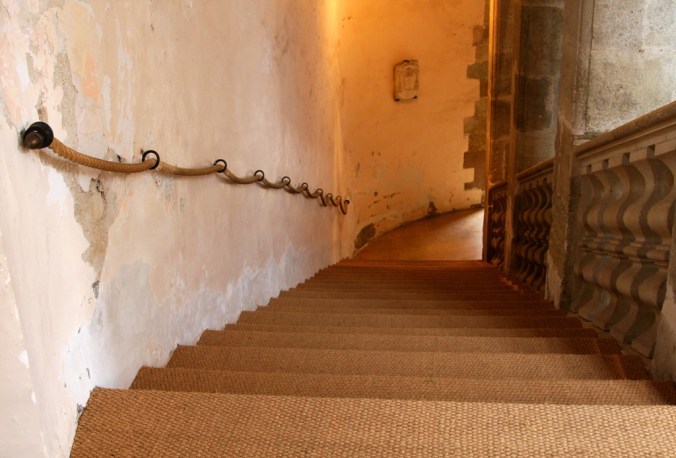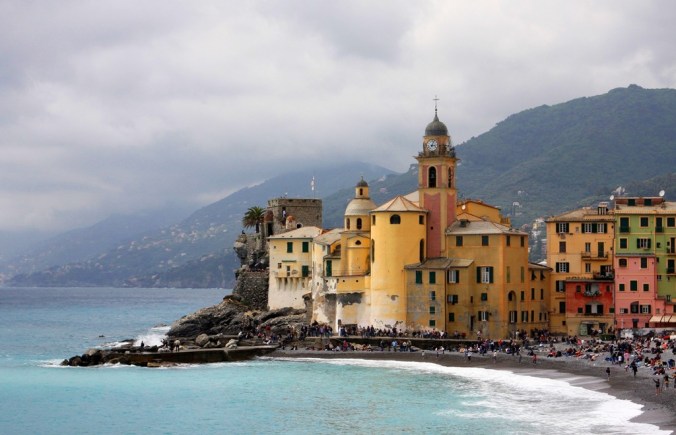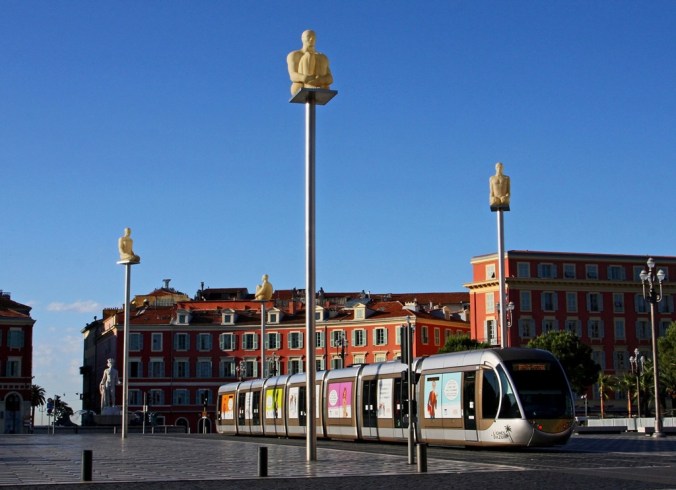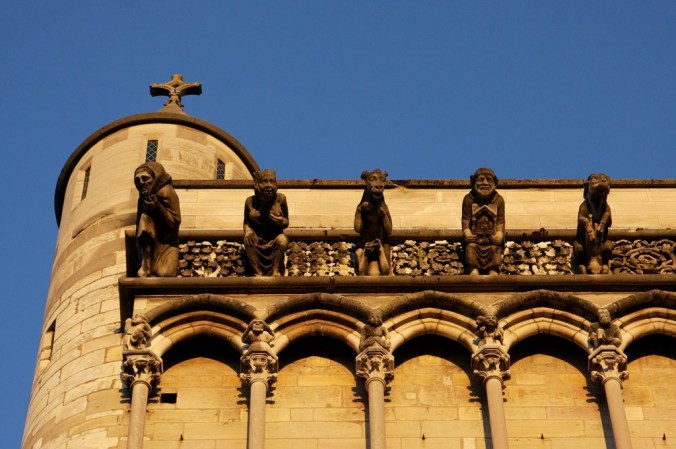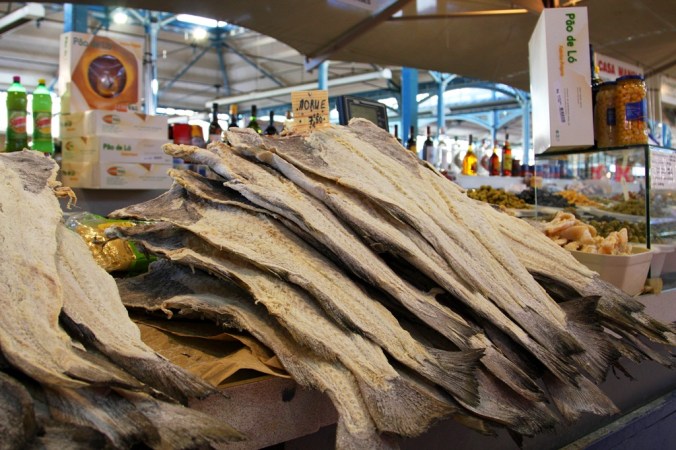A Monet is a Monet is a Monet – or is it? If we only think of Claude Monet as an impressionist painter then there are paintings in his life’s work that one might be reluctant to claim as a good representation of Monet’s work. In this sense, I am going to propose that there is more than one Monet when considering his work and also that he has offered us more than he is usually given credit.
The tight small dabs of sometimes pure colour associated with the “impressionist years” and his large lily paintings come from different approaches and the latter from a mature use of all that he knew. I come to this understanding following my visit to “Claude Monet’s Secret Garden” exhibition at the Vancouver Art Gallery which has a dozen or so works from his impressionist period and then goes on to focus on his late years of painting when he was troubled by cataracts and a legitimate fear of having surgery at the time.
The impressionist paintings are of medium size, easily portable and distinctive in their approach using small short brushstrokes and dabs of colour to capture the effects of light on a landscape. Here are a couple of my favourites from the exhibition.
Snow Effect, Sunset by Claude Monet 1875
Field of Yellow Irises at Giverny by Claude Monet 1887
Later Monet lived on his garden property for 40 years. This is where he started to study light in its deeper complexities. This is where he observes light changing every seven minutes and lamented that if he didn’t finish a work one day the next could not be counted on to give him the same conditions to continue the work. To compensate, he worked on up to 20 prepared canvases at one time changing them out as the light shifted or if the day was different.
The Seine at Port-Villez, Rose Effect by Claude Monet 1894
The Seine at Port-Villez, Evening Effect by Claude Monet 1894
The “Claude Monet Secret Garden” exhibition has many large canvases which Monet was able to work on in his 70 and 80s because he was working from home in his garden and the paintings could be moved in and out of the studio as needed.
Life can either knock the stuffing out of us at times or allow us to reach something we may not have been able to do otherwise. Sometimes it does both. During the First World War Monet could hear the fighting from his home studio as he worked. Around this time he was also grieving from the death of second wife and one of his sons. Grief and not being able to see clearly from his cataracts are both possible causes for a change in work during this period.
These rich deep hues are so different from his earlier works, yet there are clues that these are indeed by his brush. These renderings are completed with large expressive brush-marks with the colours blended right on the canvas! Clearly these paintings are something different from his early impressionist paintings and definitely leading us towards what was to come next in post-impressionism and expressionism.
Water Lilies by Claude Monet 1916-1919
“I only know that I do what I can to convey what I experience before nature and that most often, in order to succeed in conveying what I feel, I totally forget the most elementary rules of painting, if they existed that is.” – Claude Monet, 1912
What he couldn’t see he could still feel, hear and touch. Monet had been painting for so long that he had a well established habit of placing his paints in the same place on the palette. He did not need to see well to continue to paint with excellence!
Monet painted the oval lily paintings and the wisteria paintings (which were suppose to go above the lily paintings) while he had cataracts. In 1923 Monet had cataract surgery. By this time he had suffered with them for 11 years. He destroyed some of the paintings from that time and reworked others once he could see clearly again. And yet, other paintings feel like they were left as they were – though the date of completion on this one suggests otherwise.
The Japanese Bridge by Claude Monet 1918-1924
The information card tells me that Monet completed twenty paintings of this bridge and the body of work is among his most abstract. These later works often show bare canvas in places along with these free loose and large brushstrokes. Would Monet consider the paintings finished? I believe so simply by looking at the continuation of his work during this period of his life. However, these works were in his own personal collection. They were never sold. So it does beg the question of whether he was unsatisfied with them and so didn’t put them up for sale or if he made a decision to keep them for his own appreciation.
The exhibition shows two gorgeous wisteria paintings having some 5- 15 layers of paint and still feeling like each brushstroke has been applied distinctively, accurately – alla prima! In the end, there was no room for showing these wisteria paintings with the lily pond paintings as originally planned. To honour Monet’s original intention for the wisteria paintings, the Vancouver Art Gallery did a curved display wall.
The paintings shared in these images (for personal study use only) are some of the 38 paintings out of 94 that were in Monet’s private collection at the time of his death. These paintings will be showing until October 1, 2017 at the Vancouver Art Gallery in British Columbia. The paintings are on loan from the Musée Marmottan Monet in Paris. I feel extremely fortunate that I was able to take a half day to be with these works so close to home. If you get a chance, do go and do take the tour after spending sometime getting to know the paintings being shown. Then go through and look again with your new understanding of why these particular works were selected.
If someone was to ask if there was more than one YOU worth knowing what would you say?
© 2017 Terrill Welch, All rights reserved.
Liberal usage granted with written permission. See “About” for details.
Creative Potager – Visit with painter and photographer Terrill Welch
From Mayne Island, British Columbia, Canada
For gallery and purchase information about Terrill’s photographs and paintings go to http://terrillwelchartist.com




























